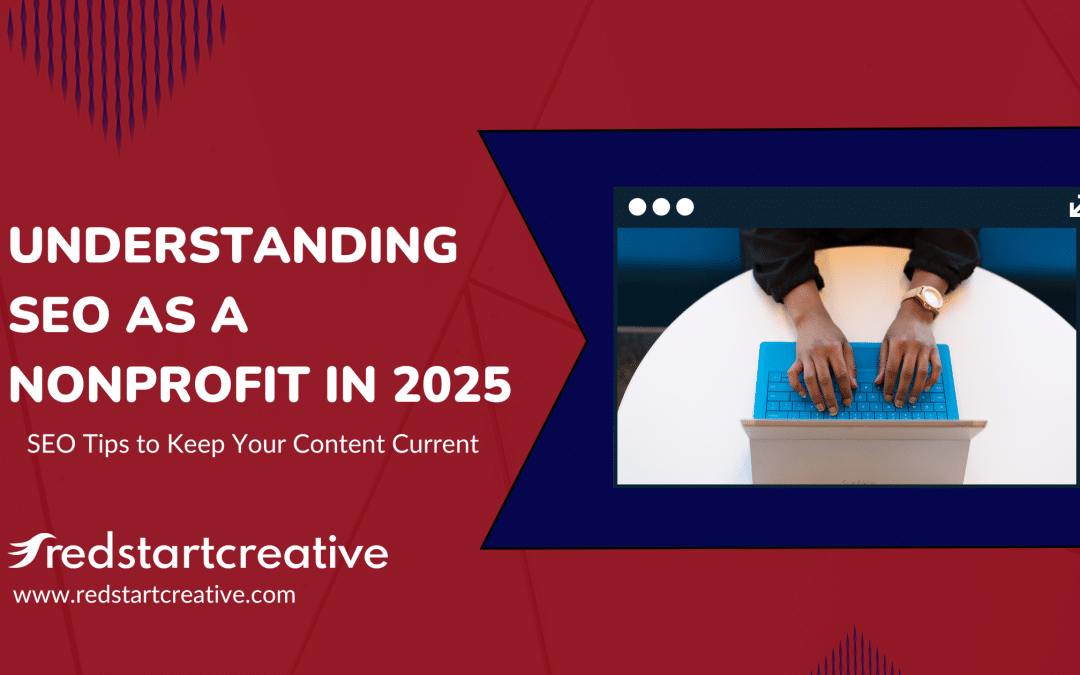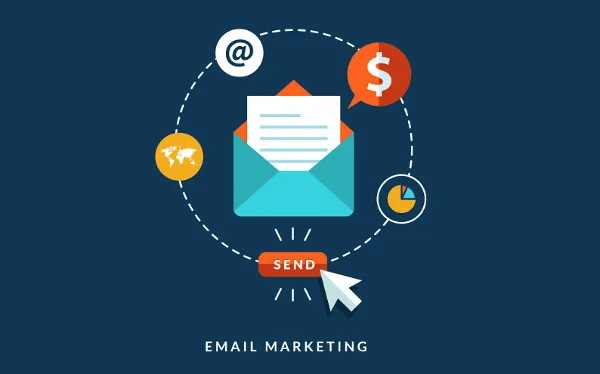What does website accessibility mean for your organization? Simply, put, an accessible website is one that every visitor can navigate to learn more about what you do. According to the Web Accessibility Initiative, “… accessibility encompasses all disabilities that affect access to the Web, including auditory, cognitive, neurological, physical, speech, and visual.”
Plus, it’s the law. The Americans with Disabilities Act (ADA) “prohibits discrimination and guarantees that people with disabilities have the same opportunities as everyone else to participate in the mainstream of American life – to enjoy employment opportunities, to purchase goods and services, and to participate in State and local government programs and services.”
More than 7 million people in the United States have some sort of a visual impairment and they are able to use the internet with assistive or adaptive technology, like screen readers. Assistive technology is also used by people with dyslexia, autism, or ADHD who struggle with reading.
Let’s look at how screen readers work.
Screen readers are assistive technology software programs that allow blind, visually impaired, or individuals with learning differences to navigate websites. Website text and image content is presented by a speech synthesizer or braille display. The software reads web page titles, text, icon labels, spreadsheets, file menus, and alt text captions for images.
The processes that make your site ADA compliant (and scannable by screen readers) also elevate your SEO rankings and increase visibility on google image searches. This means doing things like adding alt text and titles to your images and making sure that pertinent information also appears in the text and not only the image – for instance, the poster-like images used to promote an event. Design elements like clearly labeled buttons and contrasting foreground and background colors also increase the ease of navigation for your visitors.
An estimated 35 million Americans are hearing impaired. Are your videos close-captioned? If you are linking to YouTube videos, there is an option when loading your video into your YouTube account to add captions. These are auto-generated, so there is some chance for error. There are also several inexpensive apps that can be used when filming your videos that allow you to edit the captions.
The immediate value of having an ADA-compliant website is serving the impaired and neurodiverse population. Improved SEO ranking is a valuable secondary gain. Wouldn’t you want millions more people to be able to know about your organization? Not only will it be easier for them to find your website, but this expanded audience will also develop a positive impression of your company for taking all visitors into consideration.
The good news is, it does not increase your web design budget to have a beautiful and compliant site. Plus, adaptability features are transparent to visitors not using assistive devices. Redstart’s team of digital professionals can guide you to a functional, attractive site that will convert your users to stakeholders. See how your current site measures up, and ask us how we can help you create a more accessible website.



